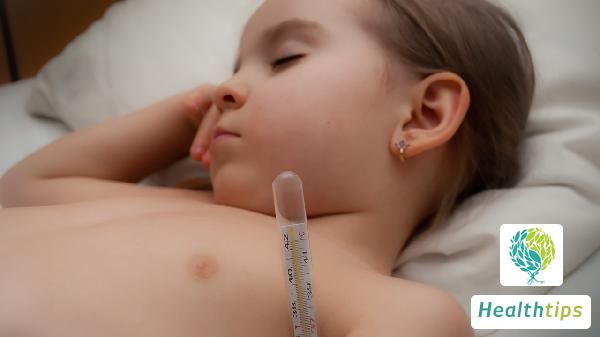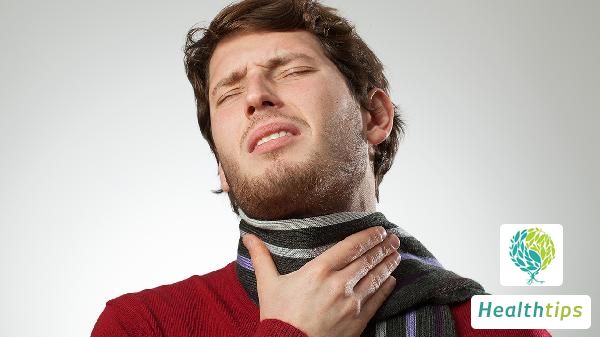How to Improve Hormonal Skin Issues?
Hormone-induced acne, also known as steroid acne, is a condition caused by long-term use of steroids. This can result from abusing steroid medications or consistently using cosmetics containing steroids, both of which can be quite harmful. Once hormone-induced acne develops, it can lead to severe skin symptoms. It is crucial to focus on internal and external skin care. Below, we will briefly discuss ways to improve hormone-induced acne.

1. Gentle Cleansing: Use lukewarm water to wash your face and gently pat dry with a towel. Avoid rubbing too hard. It is recommended to wash your face twice a day, morning and evening, and avoid over-washing.
2. Hydration and Moisturization: Ensure that your skin is properly hydrated both internally through drinking water and externally with moisturizers. Additionally, remember to take physical sun protection and protective measures when going outdoors.
3. Choosing Suitable Skin Cream: Hormone-induced acne skin is often prone to dehydration. Do not assume that oily skin is always well-hydrated. Oily skin should use refreshing and hydrating medical-grade products, while dry skin benefits from richer, oil-based moisturizers like the hkh emergency cream.
Grade I: Mainly characterized by comedones, with a few papular and pustular acne lesions, totaling less than 30 lesions.
Grade II: Includes comedones, a moderate number of papular and pustular acne lesions, with a total of 31 to 50 lesions.
Grade III: Features a large number of papular and pustular acne lesions, totaling 50 to 100, with fewer than 3 nodular acne lesions.
Grade IV: Involves nodular, cystic, or conglomerate acne lesions with more than 100 total lesions, including more than 3 nodular or cystic acne lesions.



















